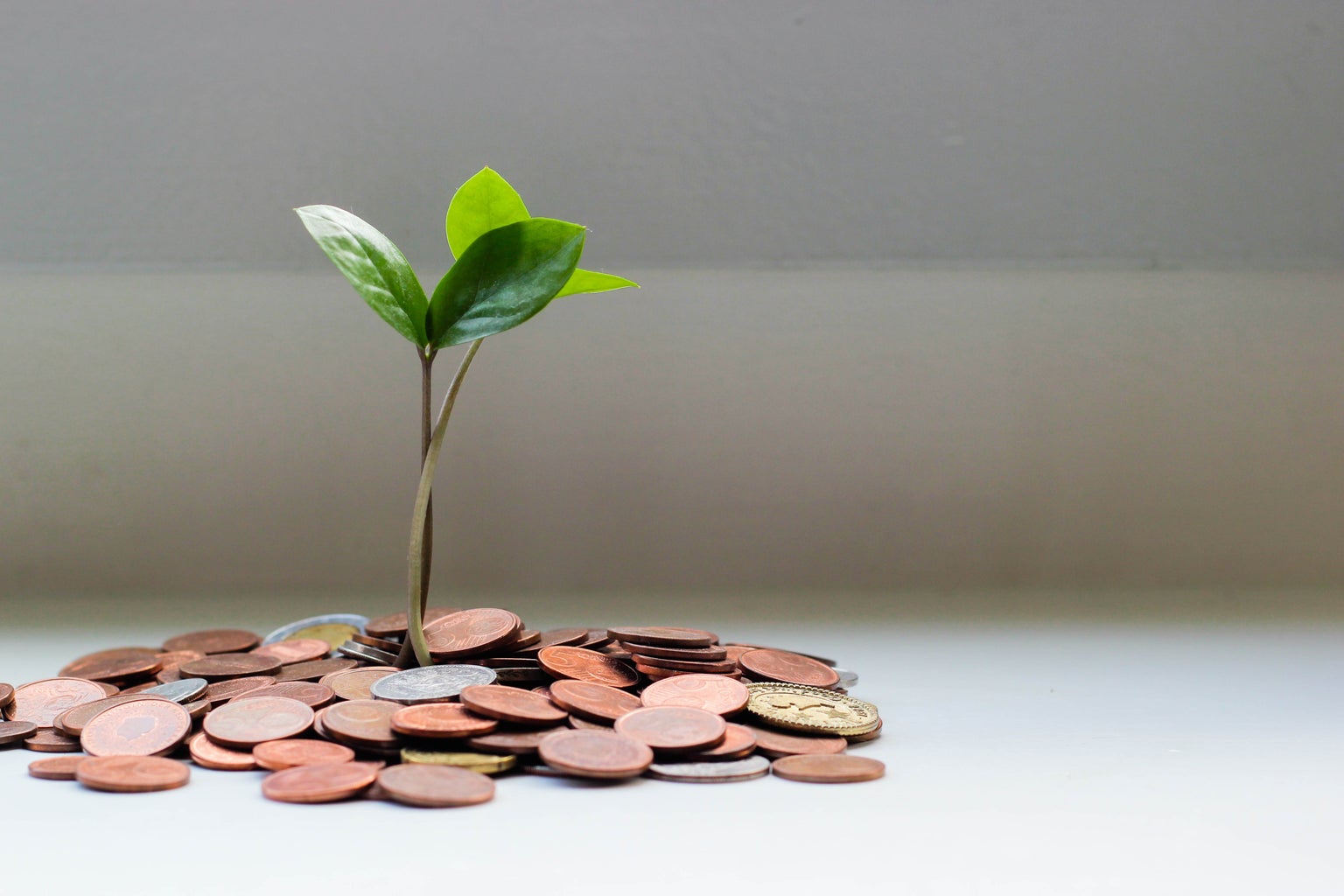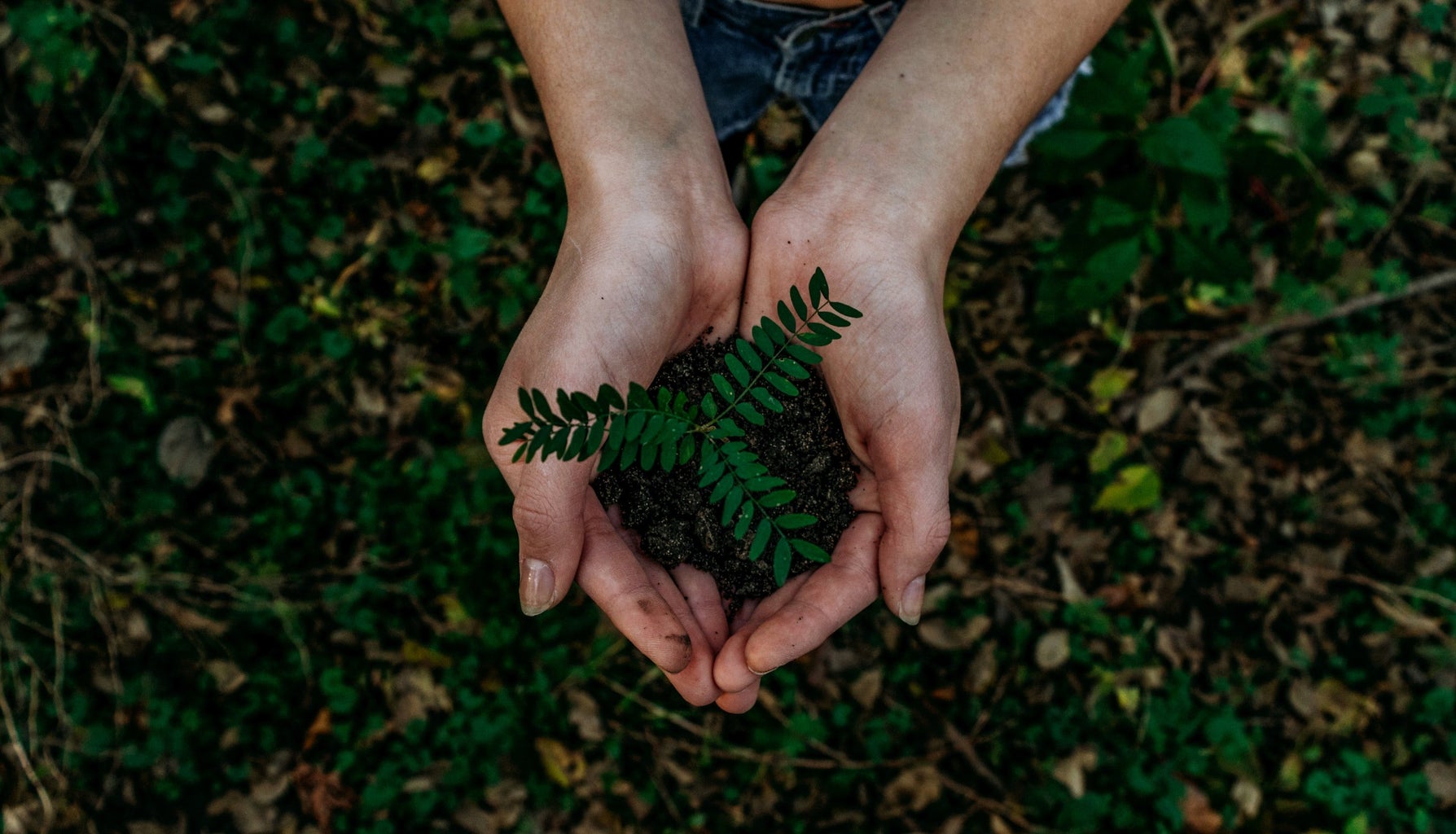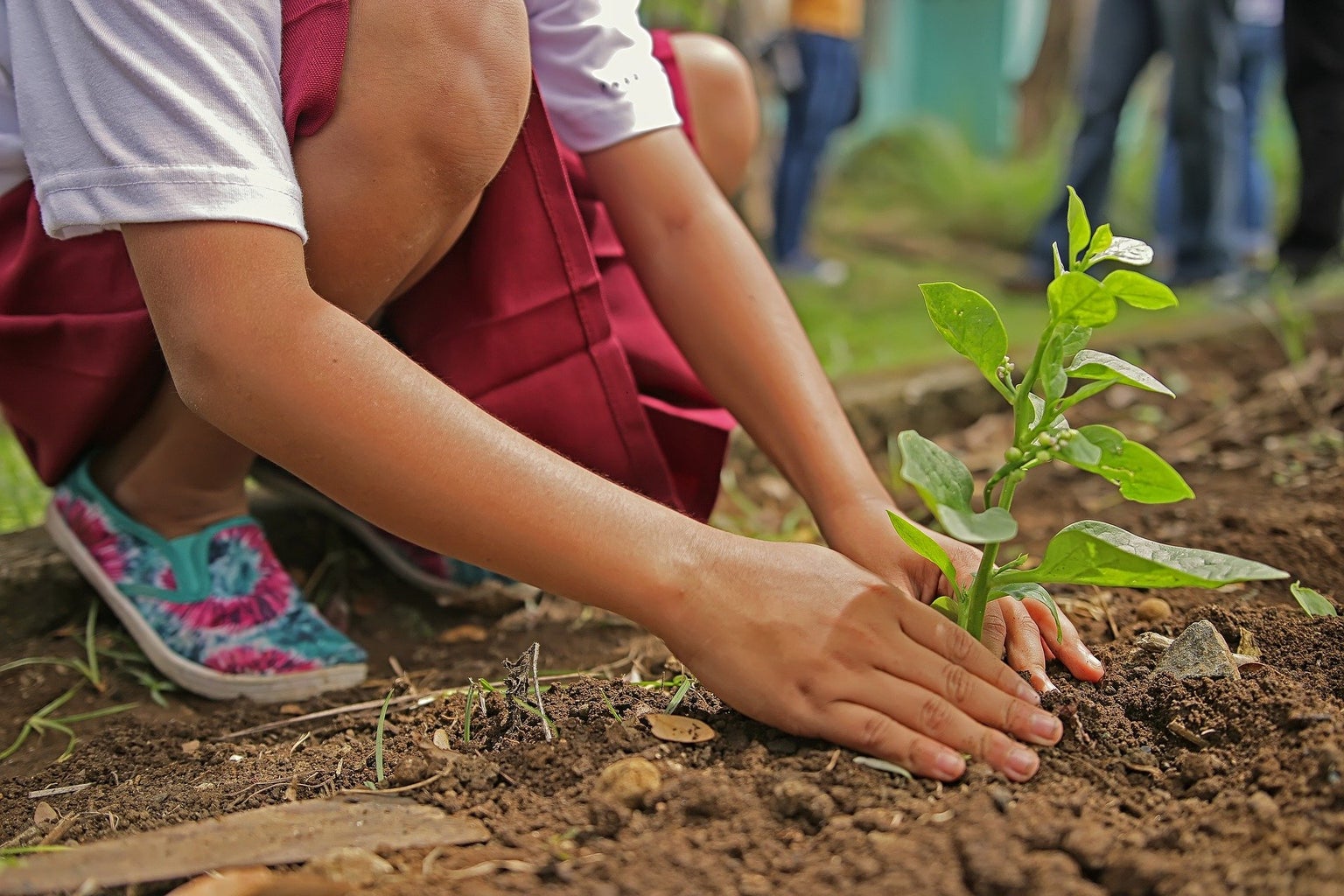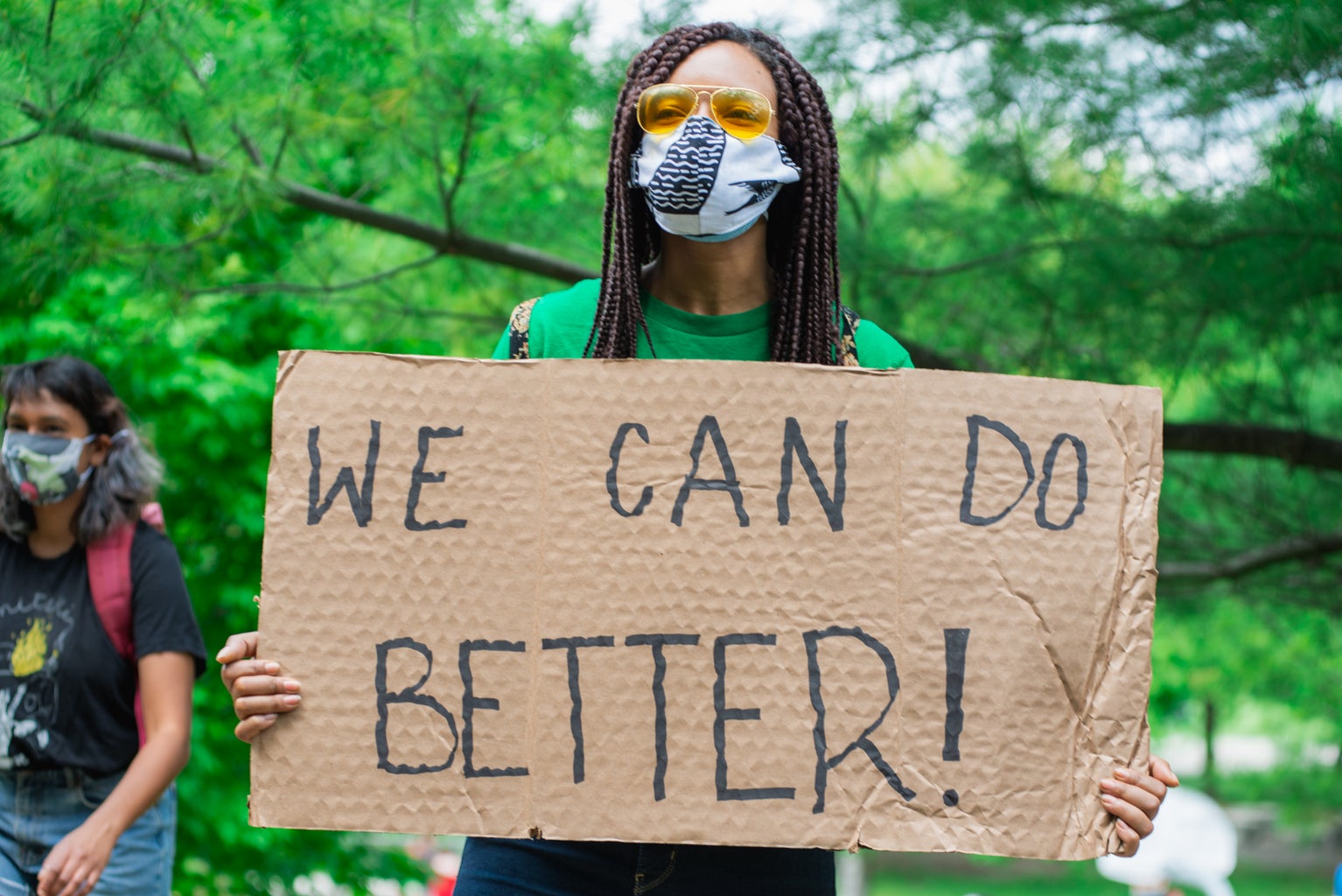Palawan is an island in the Philippines, known for its spectacular landscape and natural abundance. It is often referred to as the last ecological frontier of the Philippines, with natural resources and species that cannot be found anywhere else in the world. Exploitation that has plagued other islands in the Philippines has not yet reached Palawan, contributing to its “the last ecological frontier” title (Mayo-Anda, 2021) (ELAC, 2022). However, due to its seemingly endless supply of natural resources and beauty, Palawan has become an international target for monocropping corporations looking to make quick money.

Monocropping is an agricultural practice that has become increasingly popular in Palawan; it is the practice of planting the same crop in the same place for years on end. It can be associated with the degradation of Palawan’s precious landscape and the livelihoods of its citizens.
In general, monocropping replaces natural vegetation with a sole crop, most often oil palm, hybrid coconut, mahogany, or gemelina. For this paper, the focus will be on the monocropping of oil palm. The continual planting of a sole crop depletes soil nutrients due to the loss of the beneficial and necessary microbes once present within the soil along with other animals in the ecosystem (ELAC, 2022). This soil degradation, in combination with the fact that oil palm, when compared to other crops, is heavily dependent on the use of fertilisers and pesticides (Larsen et. al, 2014), means that chemical fertilisers, pesticides, and herbicides must be utilised regularly in order to ensure the crops’ survival. For these reasons, monocropping reduces soil fertility, making it easy to assume that the currently fertile lands will eventually be degraded beyond use, which will require companies to find more land to exploit. Moreover, fertilisers, pesticides, and herbicides are also known to contribute immensely to climate change through the production of greenhouse gases. These harmful chemicals also produce adverse health effects, not only for the farmers, but also nearby communities through the contamination of water supplies (ELAC, 2022).
Augmil, a subsidiary of Agusan Plantations (AGPI), is the sole palm oil processing plant in Palawan. AGPI has faced backlash for encroaching on Indigenous ancestral lands. While the company has recognized this, they have done nothing to change their operations. An article by the Stockholm Environment Institute stated that “the company is still expanding … burial grounds [are] cultivated with oil palm … herbal plants and trees normally used by native doctors are cut … bamboos, trees, vines for daily life and wild fruits and materials for houses are cut or bulldozed”. The Department of Environmental and Natural Resources (DENR), alongside the National Council on Indigenous People, has revealed that there have been multiple occurrences in which Free Prior and Informed Consent from local Indigenous communities was only attained mid-project. In other words, there have been multiple times where AGPI has infringed on ancestral land without the required permission, often times through middlemen and influential pressures placed on Indigenous communities.These plantations involve large scale clearing of land to make room for oil palms, and this practice is occurring at an alarming rate within lands that are known to have pending Certificates of Ancestral Domain Claims. In 2014, 150.1 hectares of timberland in Rizal and Quezon Province were cleared to cultivate oil palm, all of which were located within declared Ancestral lands (DENR & Larsen et. al, 2014).
Monocropping also contributes to the continuation of the discrimination and marginalisation which has plagued Indigenous communities throughout the Philippines since its colonisation in 1565 (United Nations Development Programme, 2010).
While this is not an exhaustive list of the adverse impacts of monocropping, it is clear that monocropping has become one of the biggest threats to Palawan’s environment and ecosystems. A more sustainable alternative would be to provide subsidies to local farmers along with education on how to develop a sustainable farming lifestyle utilising Indigenous crop production strategies (Rodriguez, 1988) leveraging the teachings of Indigenous leadership.
The Social Need:
There is currently a fertiliser crisis for farmers, with the price having tripled in recent years. Farmers, particularly small family farmers, are among the poorest groups in the country, with 30% of farmers and their families living below the poverty threshold, and very vulnerable to these rising costs. Some small farmers are unable to make a profit and sometimes resort to borrowing from loan sharks at punitive interest rates to pay for fertiliser. This crisis has contributed to the rise of monocropping as small farmers look for ways to earn a living off the land while AGPI and other active monocropping companies in Palawan market their plantations as a “miracle get-rich-quick crop” (Harbinson, 2019). However, monocrop farms themselves are not exempt from the fertiliser crisis. AGPI relies greatly on production completed by their small farmer cooperatives. In order to finance operations, the cooperatives are forced to turn to the Land Bank of the Philippines for loans with land titles as collateral. It is estimated half of these cooperatives are unable to make the scheduled payments. AGPI does not cover this gap and the burden to make interest payments is on the cooperatives who are barely making ends meet as it is. This often results in farmers having to take out further loans, this time from AGPI itself, which comes at a 14% interest rate as per the PTMA and MSA agreements signed by AGPI and cooperatives (Larsen et. al, 2014).
The fertiliser crisis is not the only crisis working against small farmers. A World Food Program (WFP) study in 2022 found that agricultural households are twice as likely to be food insecure compared to non-agricultural households. This vulnerability has only worsened in past years as food prices have increased 10.2% per year recently, while farmers’ incomes have remained the same. This has caused 74% of agricultural households to turn to livelihood coping strategies, such as reducing health and education expenses or taking children out of school, in order to keep their families and households afloat. An unfortunate 41% of agricultural households have had to resort to severe coping strategies such as selling seed stock and land, both of which are essential for long-term family income (WFP, 2022). The agricultural sector accounts for 25% of the Philippines population which means that this vulnerability within agricultural households is affecting a significant portion of the Philippines’ citizens (International Labour Organisation).
To slow the advance of monocropping in Palawan and protect the ecological frontier and the people that live there, “‘income and care’ must be balanced” (ELAC, 2022). One way to kickstart this process is to provide subsidies to small family farmers, giving an incentive to continue their work on an individual level rather than to join the movement of monocropping. The subsidised income would relieve farmers from having to resort to livelihood coping strategies and increase their production through the purchasing of new technology while reducing the time necessary to do so. Overall, government subsidies would begin the process of farmers in Palawan living a more sustainable economic life (Rodriguez,1988).
Combining Indigenous Crop Production and Subsidies:
With 25% of the population working in the agricultural sector, farmers should be responsible for a fairly high share of GDP and growth. However, small family farmers currently contribute little to overall economic growth in the country because of their precarious financial situation. Providing sustainable ways for them to increase production and sell more goods will give them the means to purchase more manufactured goods from outside the community and contribute to overall economic growth (Rodriguez,1988). As stated previously, subsidies would allow for farmers to purchase technology to increase production, increasing growth for Palawan and subsequently the Philippines as a whole.
The introduction and adoption of Indigenous strategies would also contribute to various national goals of the Philippines. The Philippines’ three year agricultural development plan for 2023-2025 “aims to promote agricultural productivity in the Philippines, with emphasis on rice, corn, [and] high-crops…” (DA-AFID, 2023). In order to reach this goal, small family farmers must increase their crop production and income. This is possible if the government leads efforts to do so through subsidies and having Indigenous leadership teach ways of cultivation, implemented and perfected over thousands of years, that work sustainably with different aspects of The Philippines’ land and climate. Some of the Indigenous systems and strategies that can be utilised are: terracing, crop rotation, mixed cropping, soil fertility management, the sweet potato cropping system, and Payew fields (Magcale-Macandog, 2005). The three year agricultural plan is more consistent with these traditional farming techniques than with monocropping because of the plan’s emphasis on production of rice and high-value crops, which are often overlooked by monocropping companies.
The NDC (Nationally Determined Contribution) of the Philippines has stated multiple times that the Philippines is committed to “ensuring ecosystems integrity and promoting the country’s obligations on human rights and the rights of its indigenous peoples” and that the Philippines recognise “the importance of traditional knowledge…” (NDC, 2021). Additionally, through the NDC, the Philippines has committed to a 2.71% reduction in GHG emissions by 2030. As the agricultural sector accounts for 29% of the Philippines’ total GHG emissions (NICCDIES, 2000), the NDC has highlighted the agricultural sector for GHG mitigation. Incorporating Indigenous agricultural knowledge has the ability to reduce emissions if introduced and utilised properly. The use of Indigenous leadership and knowledge to decrease GHG emissions will help improve not only that but also solidify the statements made by the NDC regarding their support for Indigenous communities and respect for their traditional knowledge.
Conclusion:
The strategies suggested are just that: suggestions, and there are many ways that issues such as monocropping and farmers’ wages can be helped. Strategies, such as those discussed here, that move family farms towards diversified crop production, perhaps using Indigenous production techniques, and away from monocropping would not only help create a more economically sustainable lifestyle for small farmers, but would contribute to overall economic growth and assist with government in attaining several of its commitments including GHG reductions.
It would also help protect the last ecological frontier that is Palawan with its immense biodiversity. The beauty of Palwan seems so vast and unbreakable but it must be remembered that most things seem unbreakable until broken—humans have a responsibility to care for the earth as it cares for us, with love, respect and care.







